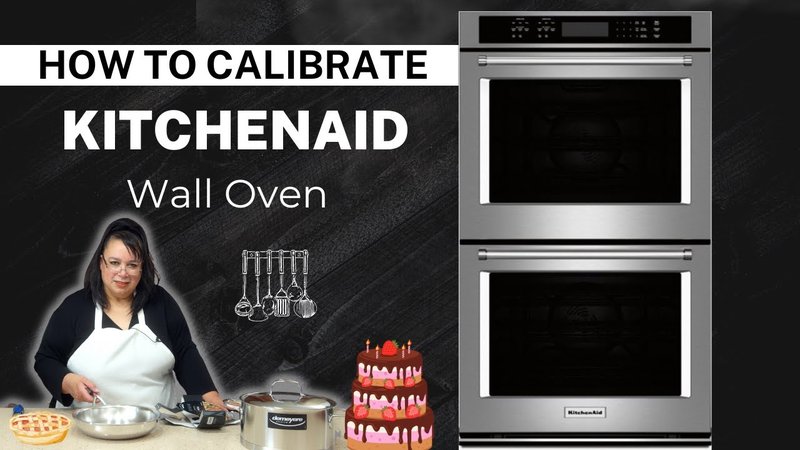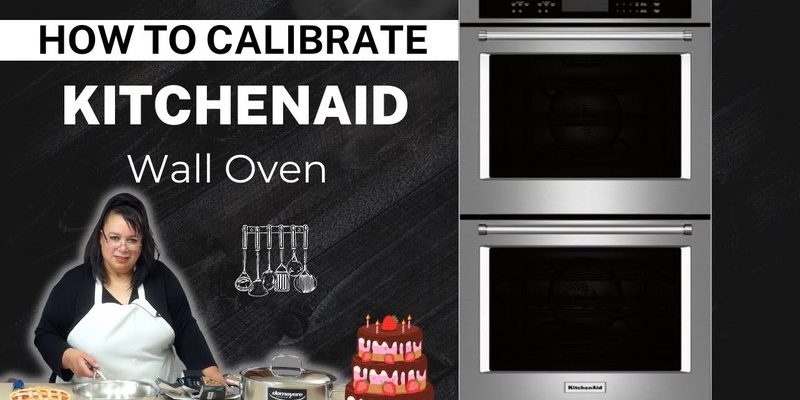
You might be wondering, “What exactly could void my Kitchenaid oven or range warranty?” It’s not just about using the oven the wrong way—it could be anything from unauthorized repairs to neglecting routine maintenance. Honestly, understanding these details upfront can save you from costly headaches down the line. Let me explain what you need to know to avoid accidentally breaking the rules and keep your oven covered.
Understand What Your Kitchenaid Warranty Covers
Before you start using or fixing your Kitchenaid oven or range, it’s crucial to know what the warranty actually covers. Most warranties will protect against defects in materials and workmanship for a specific period, usually one year. This means if your oven’s heating element stops working properly or its controls malfunction due to manufacturing flaws, Kitchenaid will step in to repair or replace parts. But here’s the kicker: the warranty usually won’t cover things like damage from misuse, accidents, or unauthorized alterations.
Why does this matter? Because different oven models and warranty packages might have subtle differences in their terms. When you first get your appliance, take a moment to read the fine print or download the warranty booklet from Kitchenaid’s official site. This sets realistic expectations and helps you avoid voiding the warranty by accident.
For example, if you decide to install an aftermarket part or use non-recommended cleaning products, you might be risking your coverage. It’s like buying insurance and then making risky choices that aren’t covered—you’d be on your own if something goes wrong.
Only Use Authorized Repair Services and Technicians
You wouldn’t trust just anyone to fix your car, right? The same goes for your Kitchenaid oven or range. One of the most common ways people unknowingly void their appliance warranty is by using unauthorized repair services. Kitchenaid has a network of certified technicians trained specifically to handle their ovens and ranges. These pros know the ins and outs of the appliance—including the latest code updates, syncing procedures, and troubleshooting techniques.
If you try to fix your oven yourself or hire a random handyman, you might accidentally damage a sensitive part—like the electronic control board or the remote interface. That’s a sure way to lose warranty coverage. Plus, tampering with the appliance without proper knowledge can lead to safety hazards, which the warranty won’t cover.
Here’s a quick tip: Always check if the repair service is Kitchenaid-approved before booking. You can typically find this info on their official website or by calling their customer support. Using authorized technicians means your repair work is tracked and documented, which keeps your warranty valid.
Keep Your Oven’s Serial and Model Numbers Handy
You might think these random codes and numbers on your oven’s back or inside panel don’t matter—but they’re like your appliance’s fingerprint. The serial and model numbers are essential when you need to sync your oven’s remote, register your warranty, or troubleshoot issues with customer support.
If you lose these details or provide wrong information, it can complicate warranty claims. Imagine trying to get help for your oven only to find out they don’t recognize your model—that’s frustrating and can delay repairs.
Here’s a simple way to organize this: when your Kitchenaid oven or range arrives, take a quick picture or jot down the serial and model numbers and keep them in a safe place. Also, register your product online as soon as possible. This often makes future warranty claims smoother and may even make you eligible for extended service offers.
Avoid Unauthorized Modifications and DIY Fixes
We all like a good DIY project, but when it comes to your Kitchenaid oven or range, this can be a slippery slope. Here’s the thing: opening the oven’s control panel, tampering with wiring, or installing non-official parts can easily void your warranty. Even if you’re just trying to replace a battery in the remote or reset the oven’s electronic controls, it’s best to follow Kitchenaid’s official instructions.
Let me explain with an example. Say your oven remote isn’t syncing properly, and you decide to open it up and fiddle with the circuit board. That tiny move could cause permanent damage or break the factory seal. When the authorized technician later inspects the oven, that broken seal is a red flag—signaling warranty void.
If you ever feel tempted to fix something on your own, ask yourself: “Is this covered in the manual? Do I have the right tools and know-how?” If the answer is no, call Kitchenaid customer support or an authorized technician instead.
Perform Regular Maintenance According to Manufacturer Guidelines
Ignoring routine maintenance is like skipping oil changes on your car—it might seem harmless at first, but it can cause bigger problems and void the warranty. Kitchenaid ovens and ranges have recommended care steps, like cleaning the oven interior with approved products, replacing batteries in the remote, and keeping vents clear.
Doing regular maintenance helps catch small problems early, like a failing heating element or a remote that won’t pair properly. It also proves you took good care of the appliance, which matters when making a warranty claim.
Here’s a practical checklist for simple oven care:
- Use only manufacturer-recommended cleaning products to avoid damaging coatings.
- Check and replace the battery in your remote control periodically to ensure smooth syncing.
- Keep the oven’s ventilation openings free of dust and debris.
- Follow the manual’s guidance for resetting or troubleshooting before calling for service.
Skipping these steps can lead to issues that the warranty won’t cover because they may be classified as neglect.
Why Registering Your Kitchenaid Oven Matters
Honestly, many people overlook registering their new oven or range, but it’s a simple step that helps protect your warranty. When you register your product directly with Kitchenaid, you create an official record linking you to the appliance. This can speed up warranty claims, help with recall notices, and give you access to troubleshooting resources.
If you don’t register, you might have a hard time proving your purchase date or warranty status. In some cases, it can delay service or even cause a warranty denial.
Registration is easy and usually just takes a few minutes online. You’ll need your purchase receipt, plus the model and serial numbers. Doing this early means you can relax later, knowing your warranty is properly activated.
What to Avoid: Common Warranty Voiding Mistakes
Here’s a quick rundown of some sneaky things that can make your Kitchenaid oven or range warranty null and void. Recognizing them helps you steer clear:
- Using non-Kitchenaid replacement parts or accessories: Always opt for genuine parts to avoid compatibility issues.
- Attempting unauthorized repairs or modifications: This includes opening sealed components or altering wiring.
- Ignoring installation instructions: Improper setup, like poor ventilation or incorrect electrical connections, can cause damage and void warranty.
- Neglecting regular maintenance: Dirty vents, old batteries in remote controls, or harsh cleaners can affect performance.
- Failing to register your oven: Without registration, warranty claims can be unnecessarily complicated.
Think of your warranty like a fragile promise—it needs care and respect to stay valid.
Closing Thoughts: Keep Your Kitchen Running Smoothly
Here’s the bottom line: your Kitchenaid oven or range is designed to make your life easier, not harder. But warranties come with rules, just like a game. If you follow the proper maintenance, avoid unauthorized tinkering, use certified repair services, and keep your appliance info handy, you’ll avoid those headache-inducing moments when coverage is denied.
Remember, the warranty isn’t just a piece of paper—it’s your safety net. Treat it like a trusted friend in your kitchen, and it will have your back when you need it most. So next time you’re tempted to fix that flickering oven light or swap out parts yourself, pause and think: is this going to keep my warranty intact? If not, call the pros or follow official instructions.
Keeping your Kitchenaid oven or range warranty alive means you can focus on what really matters—creating delicious meals without unexpected repair bills sneaking up on you.
